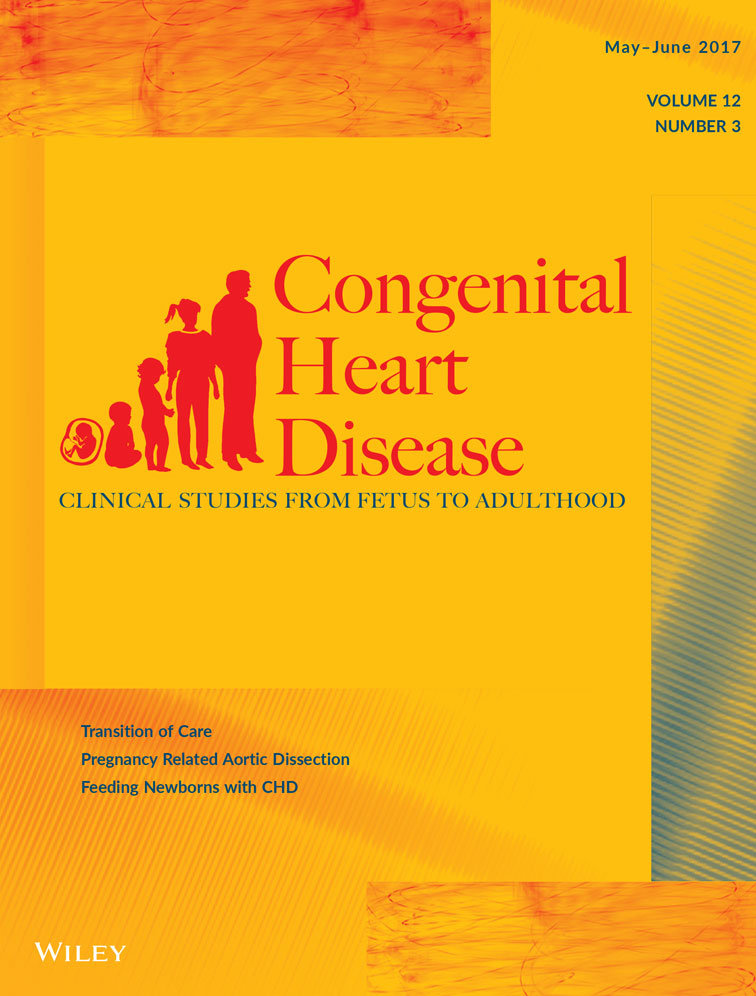Tissue plasminogen activator for neonatal coronary thrombosis presenting with mitral valve regurgitation and impaired ventricular function
Abstract
Objective
Neonatal coronary thrombosis is a rarely reported disorder, with variable outcomes described. This study assessed the feasibility and safety of an institutional protocol using tissue plasminogen activator (tPA) administration for the treatment of neonatal coronary artery thrombi.
Methods
They reviewed the outcome of three neonates with clinical evidence of myocardial infarction secondary to coronary thrombosis. All three underwent the tPA treatment protocol.
Results
The three described cases presented at 5 hours, 15 hours, and 10 days of life. The patients identified underwent the tPA protocol at least once. There was clinical evidence of improvement in coronary flow, as well as demonstration of increased left ventricular function and decreased mitral regurgitation. No major adverse events occurred.
Conclusion
Thrombolytic therapy with this tPA protocol may be safe and effective in treating neonates with coronary thrombosis.




